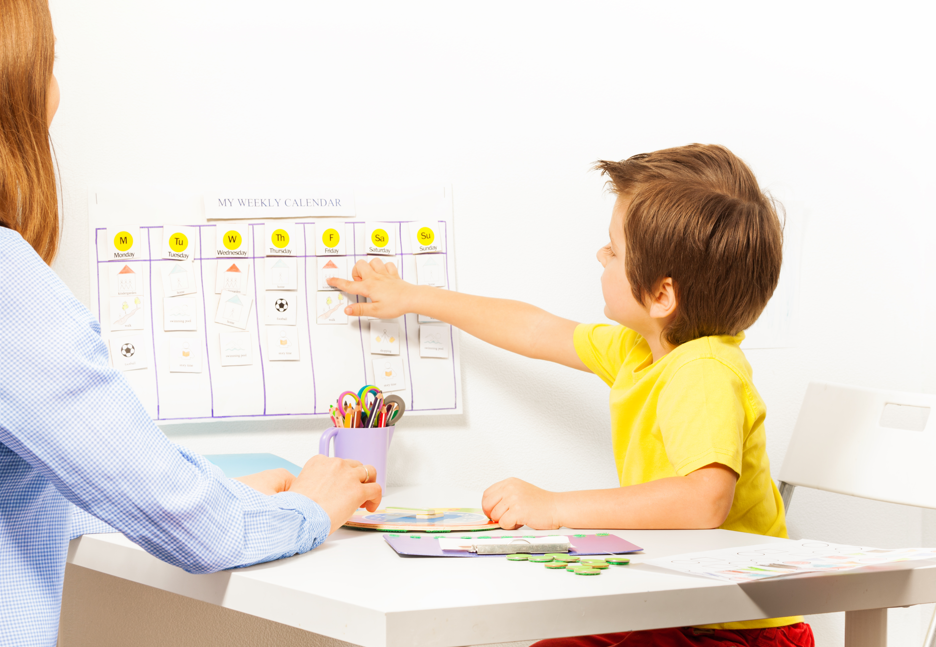The holiday season brings excitement, but for parents of children with autism, travel can be stressful. Changes in routine, new environments, and sensory overload can make holiday trips overwhelming. With some thoughtful preparation, however, you can make the experience smoother and more enjoyable for your child—and your family.
Here are some practical tips to help you navigate holiday travel with a child on the autism spectrum.
1. Plan Ahead and Stay Flexible
The more you prepare, the easier the trip will be.
- Create a Visual Schedule: A visual schedule helps children with autism understand what will happen during the trip. Break down the journey into simple steps, like “wake up,” “eat breakfast,” “get in the car,” etc. This reduces anxiety about what’s next.
- Familiarize Your Child with the Trip: Show your child photos or videos of the places you’ll be visiting. Knowing what to expect can lessen anxiety.
- Discuss Potential Changes: Travel often means delays or disruptions. Talk to your child in advance about the possibility of changes in plans, like longer wait times or detours.
2. Pack for Comfort
Comfort is key when traveling with a child who has autism.
- Noise-Canceling Headphones or Earplugs: Airports, cars, and planes can be noisy. Noise-canceling headphones can help block out overwhelming sounds.
- Bring Comfort Items: Pack familiar toys, blankets, or a favorite stuffed animal. These provide emotional comfort and familiarity in unfamiliar environments.
- Snacks and Drinks: Bring along your child’s favorite snacks to prevent hunger-related meltdowns. Having familiar food can make the trip feel more secure.
- Calming Tools: Fidget toys or soothing apps on a tablet can be helpful during transitions or long waits.
3. Choose the Right Mode of Transportation
The type of transportation you choose can impact your child’s experience.
- Flying vs. Driving: Flying is faster, but airports and flights can be overwhelming. If possible, consider driving for more control over the environment and the ability to take breaks as needed. If flying is necessary, aim for direct flights to minimize time spent in airports. Evening flights can also be a good option, as they align with your child’s natural wind-down time, making it easier for them to relax during the journey.
- Train Travel: Trains can offer more space and a calmer environment than planes, and they’re often less stressful for children with autism.
- Avoid Peak Travel Times: Traveling during off-peak hours helps avoid crowded airports or stations. Try to schedule flights or drives during quieter times.
4. Incorporate Familiarity
Traveling means changes in routine and environment, so bring along familiar items to create a sense of security.
- Pack Your Child’s Bedding: If your child has sensory sensitivities, bringing their own pillow or blanket can help them feel at ease in unfamiliar places.
- Keep Routines Consistent: If your child has specific routines (like a bedtime story or using a certain nightlight), try to replicate them while traveling.
- Familiar Toys and Comfort Items: Don’t forget to bring your child’s favorite stuffed animal, toy, or sensory item. These can be a great comfort when your child feels overwhelmed.
5. Prepare for Social Events
Holidays often involve family gatherings, which can be challenging for children with autism.
- Use Social Stories: Social stories can help prepare your child for social situations, such as greetings, party behavior, or sharing space with others.
- Role-Playing: Before attending events, role-play common social scenarios with your child. Practice greetings, table manners, or how to ask for a break if they feel overwhelmed. This can build confidence and help your child feel more prepared.
- Talk to Hosts in Advance: Let family members or hosts know about your child’s needs so they can make accommodations, like providing a quiet space for breaks.
- Quiet Space: Make sure there’s a designated quiet area where your child can retreat if they feel overwhelmed.
6. Manage Your Own Stress
Traveling with a child with autism can be demanding, so take care of yourself.
- Stay Flexible: Things may not go according to plan, and that’s okay. Stay patient, and give yourself grace if things get tough.
- Self-Care: Remember, your well-being matters too. Take breaks when needed, ask for help, and try to stay calm, as your child will pick up on your emotions.
Conclusion
Holiday travel with a child on the autism spectrum requires extra planning, but with the right preparation, it can be a positive experience. By packing familiar items, addressing sensory needs, and maintaining routines, you can make your journey more comfortable for your child and the whole family. With patience and flexibility, you’ll create meaningful memories and enjoy the holidays to the fullest.
Resources:




